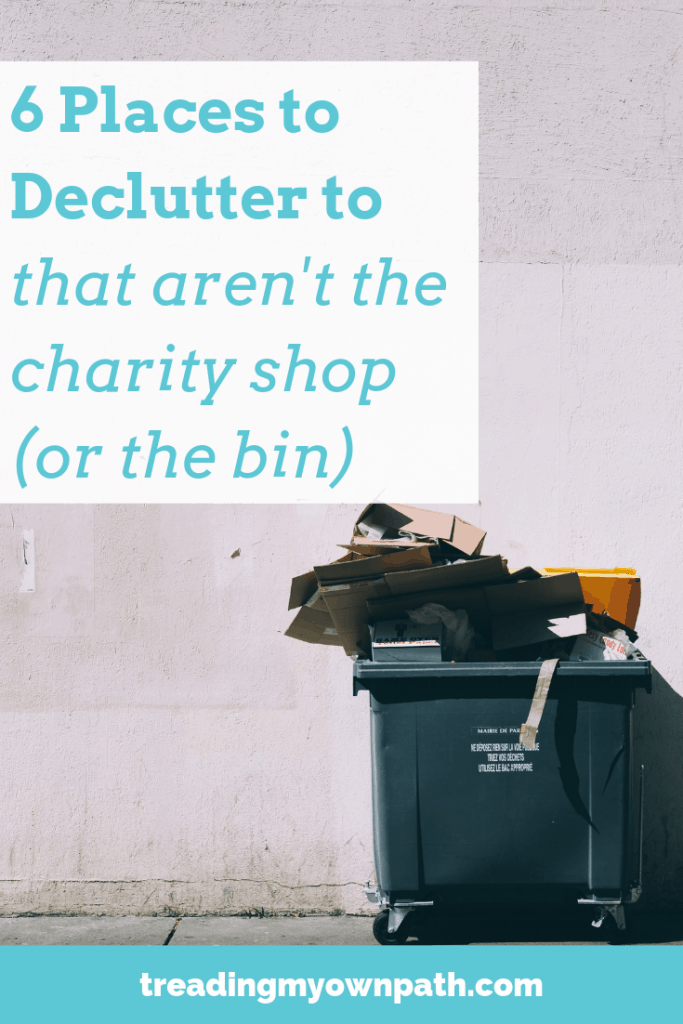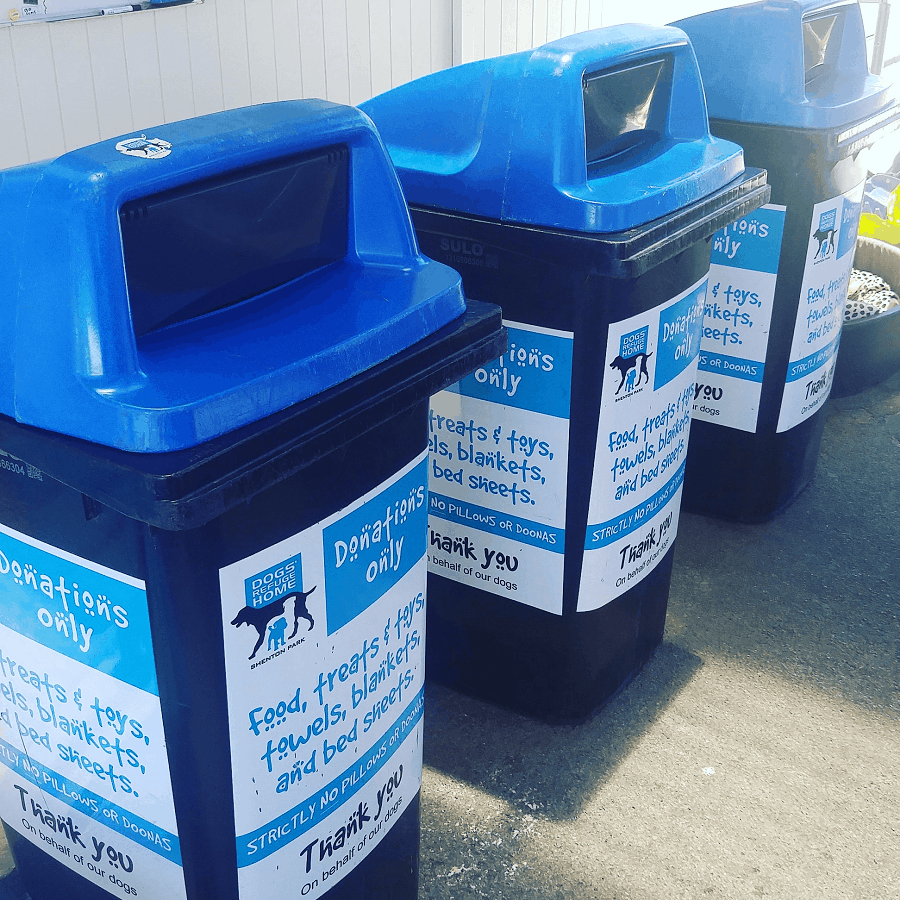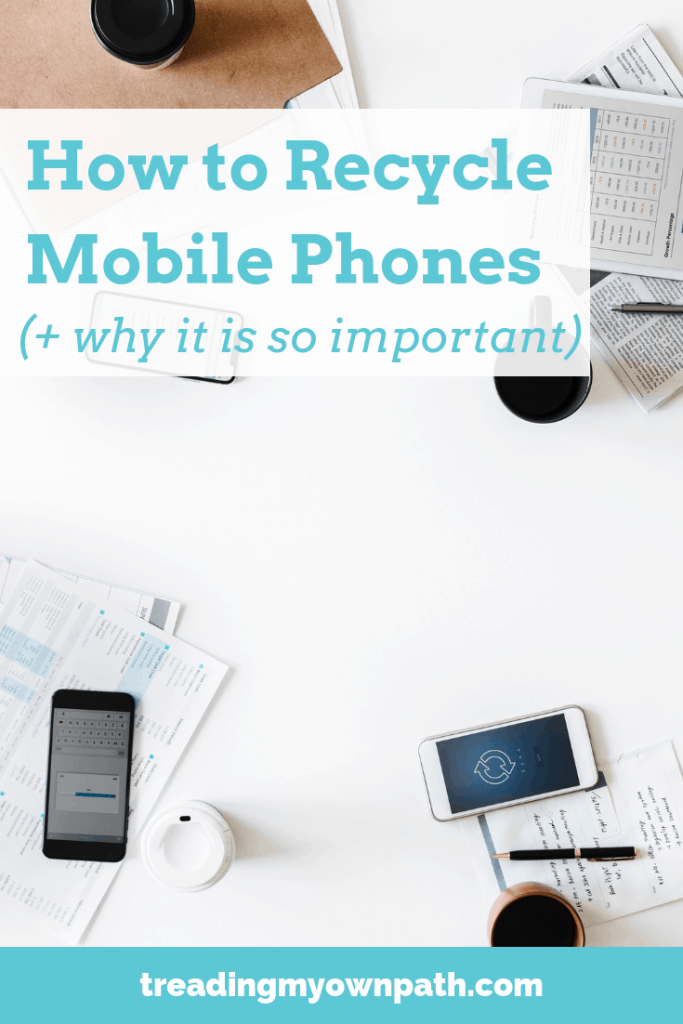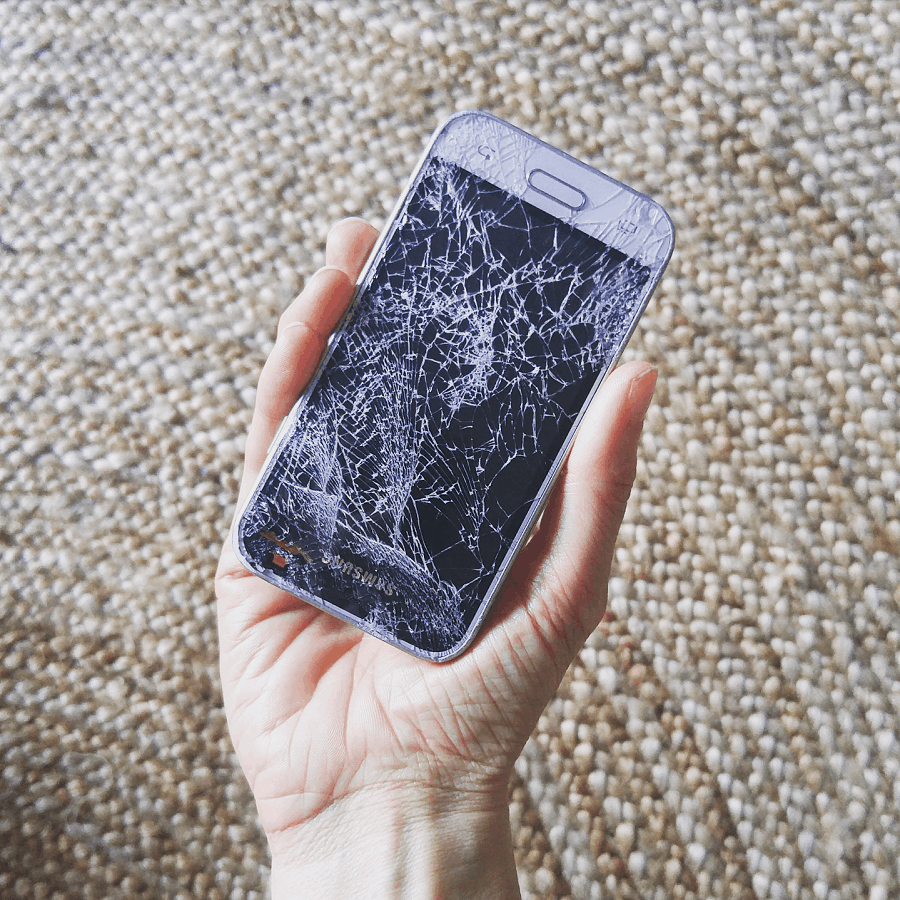6 Places to Declutter To that Aren’t the Charity Shop (or the Bin)
I think decluttering is both a good thing (for our sanity and our stress levels), and a zero waste thing to do. Yes, a zero waste thing. Let’s make no mistake: keeping stuff in our homes that we don’t like, don’t need and never use is a terrible waste of resources.
Of course, yes, the most zero waste thing of all is to buy things once, cherish them forever, use them often, and pass them onto our children and grandchildren. But many things are not designed for this, good intentions don’t always work out, items date, technology is superceded, and our lives (and our minds) change over time.
So sometimes we have things we don’t like, don’t need and never use in our homes. But chucking this stuff in the bin or offloading at the nearest charity shop even though we’re pretty sure the stuff we are offloading isn’t definitely saleable definitely isn’t the best thing to do with it.
Which is often why we don’t declutter the things we no longer use. We don’t want to throw things in the bin, but we don’t know what else to do with them. So we let them languish in cupboards and drawers, and we feel guilty every time we see them.
Decluttering does not come down to just two options: landfill or closest charity shop. There are so many other places to take our stuff, and ways to find new owners for things we don’t need.
Keeping our stuff in circulation and giving others the opportunity to use these things is the best thing we can do for this stuff. This is how we declutter, zero waste style.
So what exactly are these options?

Online Auction Sites
The most well-known online auction site is eBay, with 39 country-specific sites, and a presence in 100 countries. But it’s not the only option, and many other smaller auction sites exist with cheaper fees.
These sites have a national and sometimes global audience, making them ideal for items that can be mailed easily (meaning things that are lightweight or easy to pack, such as small electronics, clothing and homewares).
These auction sites are great for connecting your stuff with buyers looking for that item or brand. It’s also useful for people looking for parts, or even items in need of repair (particularly electronics).
Many high quality, unusual or valuable items can be missed in charity shops because they rely on foot traffic and opportunistic sales. With auction sites, customers can browse but they can also search specifically for things they need.
The price of your item and postage is quoted upfront to potential buyers, who will factor these costs into their bids. Listings on eBay can begin at $0.01, so you can still give things away on these sites. And you can cover the postage yourself, if you prefer.
Whilst pick-up only is an option for listing bulky items, there are better platforms to use.
Online Classifieds
I’m a huge fan of Gumtree, which is currently the number 1 online classifieds site in the UK, Australia, South Africa and Singapore. American readers will probably be more familar with Craigslist.
There are also some newer kids on the block such as LetGo, Preloved and Shpock.

Online classified allow you to upload an image (or multiple images) and either set a price or offer the item for free. Most sites are free to use with paid upgrades available.
Classifieds often appeal more to local users, with items like furniture, tools, larger kitchen appliances, bicycles and white goods being easy to pass on. Buyers will collect from your home and can inspect the item before they take it.
Again, people will take broken items for parts and damaged items for repair, so it is worth posting these items and seeing if there is a response. Items can be listed in less than a minute, and it never hurts to try.
Charities and Charitable Partnerships
Charity shops take items to resell, but charities and non-government organisations also collect items to repair and reuse, or pass on to underprivileged communities and groups both locally and overseas.
Animal charities accept blankets, towels and other bedding, old toys, accessories, and food donations.

Women’s refuges, homeless shelters and refugee organisations may accept bedding, furniture, clothing, toiletries, white goods, small appliances and more. The Refugee Council of Australia has a database of refugee organisations accepting donations and what types of goods they accept, which will also give you an idea of the kinds of items that are wanted.
Other organisations focus on specific items: old glasses (they can often be dropped at a local optician and will be tested before being redistributed), sports equipment (Fairgame collects and redistributes equipment across Australia), computers and old electronics, bras, bicycles and more.
Facebook Groups
Facebook groups are a great way to connect with people in your area, and find new homes for your stuff. I’m a huge fan of the Buy Nothing project, which operates as a series of hyper-local Facebook groups. No-one is allowed to join more than one group – the one where they live.
The advantage of decluttering items using the Buy Nothing group is that all the members are your neighbours, so travel time is negligible and journeys are often combined with regular commutes, shop visits or school drop-offs. This means people will be far more willing to take items off your hands than if they had to hop in the car and drive across town.

There are other Facebook groups that work in a similar way, such as the Good Karma network on the east coast of Australia. There also many zero waste groups that allow the offering of stuff (glass jars are always particularly well received).
There are even a few groups called “Give Away Free Stuff” – exactly what we need to find new owners for old things!
Online Neighbourhood Networks
These are neighbourhood networks, a little like the Buy Nothing project or Good Karma Network except rather than being run through Facebook, they have their own platforms. Nextdoor is one of the fastest growing sites. Whilst they aren’t solely for the giving and receiving of second-hand stuff (they also deal with lost pets, neighbourhood watch type issues and other things), sharing is a large part of their service.
Alternatively, Freecycle (and Freegle in the UK) are neighbourhood sites solely dedicated to the passing on and accepting of free stuff.

People You Know
Last but not least, don’t forget that you have friends, family and colleagues who may be interested in your stuff. Probably not everything, but it is worth asking. You could ask people directly or post on social media.
If they are not people who generally shop at second-hand stores it is a good way to gently entice them into the preloved life, and they might be more willing to take things from people they know (you!) than buy from a stranger.
Sometimes exploring these avenues still draws a blank. Even then, there’s still the option of ensuring the materials are recycled rather than putting in the bin. But there’s so much to say about that, it is another post entirely!
The truth is, someone, somewhere wants what we have. We can do our best to find a new owner for our old things. We may not always find somewhere, but it takes minimal effort to ask the question, to do a quick google search for local organisations, or to pop a photo on an online site.
Stuff is useful. Resources are valuable. Success isn’t guaranteed, but we have to try.
Now I’d love to hear from you! What are your best solutions for re-homing unwanted items? What is the most unexpected item you’ve managed to successfully re-home with someone else? Anything that you particularly struggle with? Any other thoughts? Please share in the comments below!








